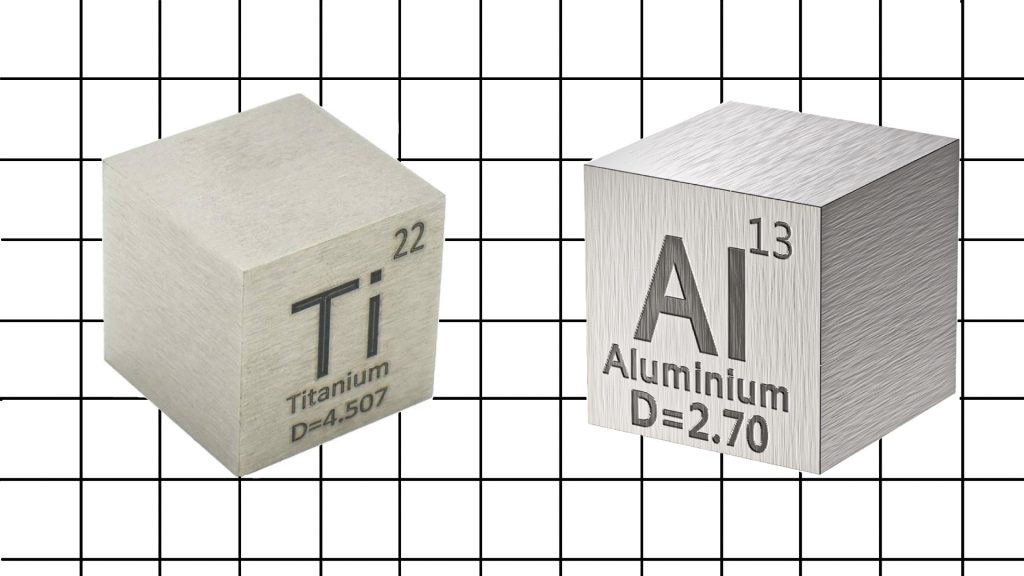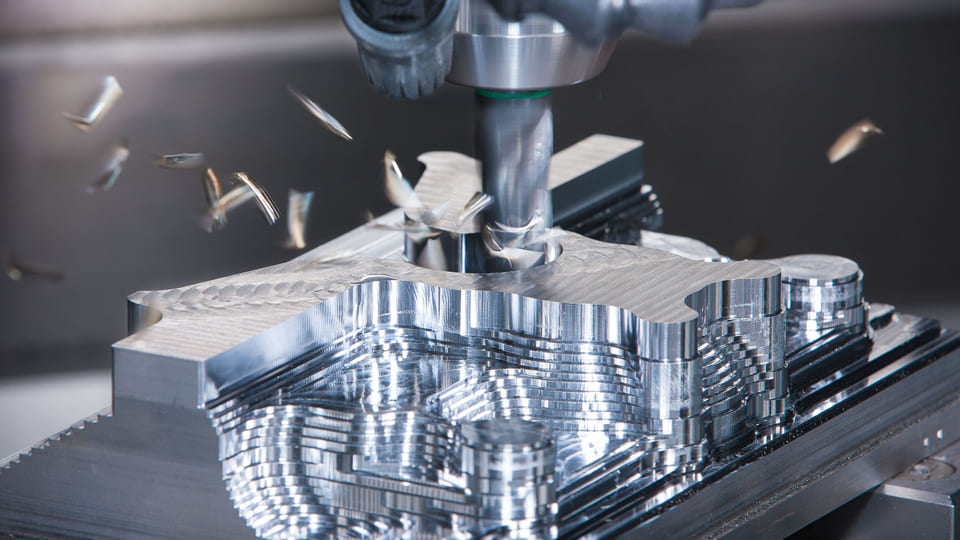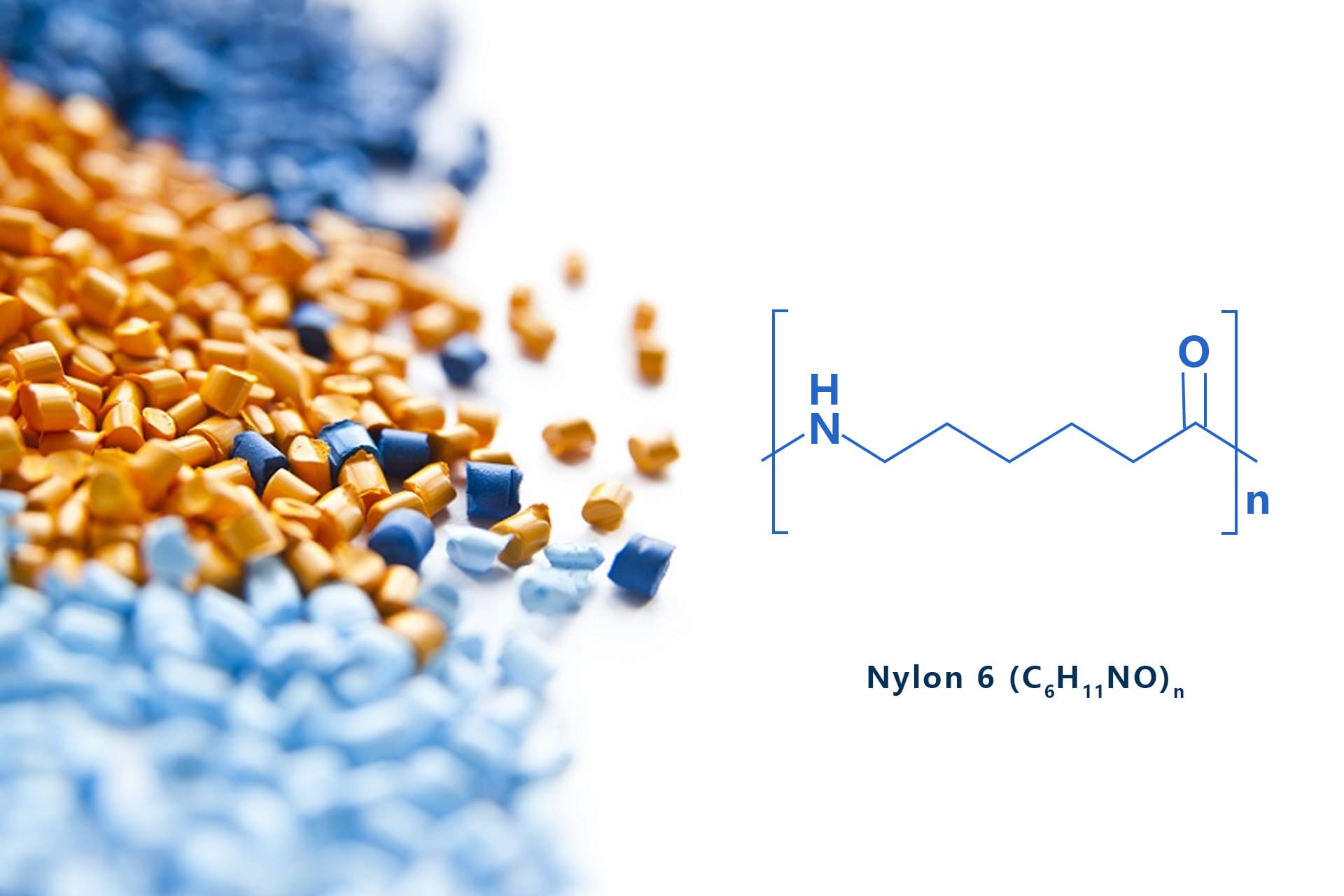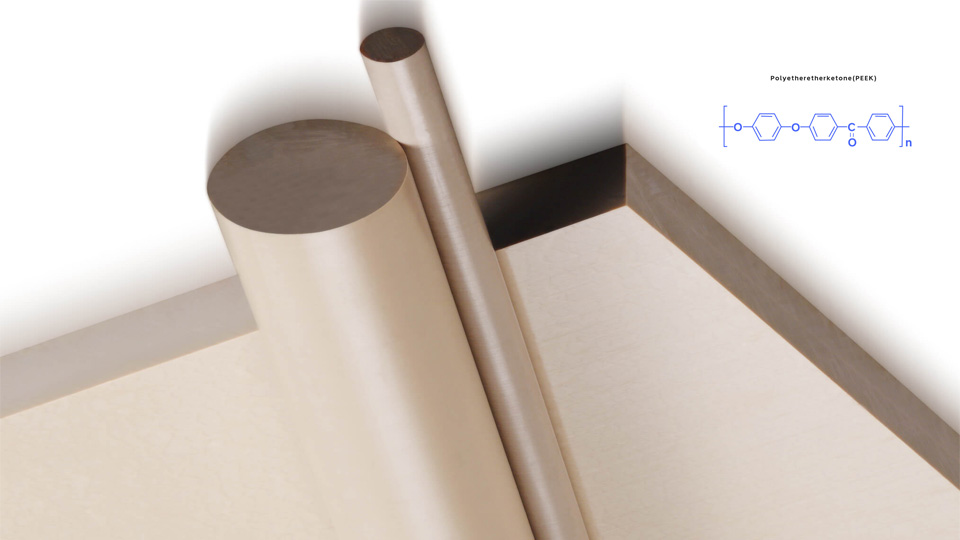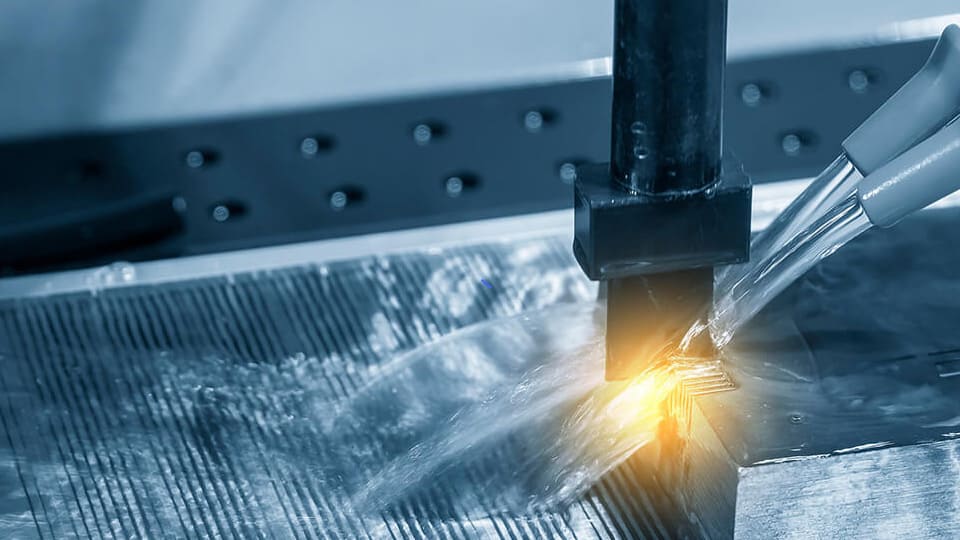Titanium and aluminum are two commonly used metals, each with its strengths and weaknesses. Understanding how they differ is important for making the right choice in various applications. This article compares the performance of titanium and aluminum, focusing on key factors such as strength, corrosion resistance, and ease of processing. By highlighting these differences, we aim to help readers make informed decisions based on their specific needs.
What is Titanium?
Titanium is a transition metal with the symbol Ti and atomic number 22. Titanium is often seen as a rare metal, but that’s not due to its availability. It’s the tenth most abundant element and the fourth most abundant metal. The issue lies in its dispersed distribution and difficulty to extract. The primary ores for titanium are ilmenite and rutile, both of which are commonly found in the Earth’s crust and lithosphere.
Titanium has a high strength-to-weight ratio and excellent corrosion resistance. Due to these premium characteristics, it has been widely used to produce rockets and spacecraft and is known as space metal.
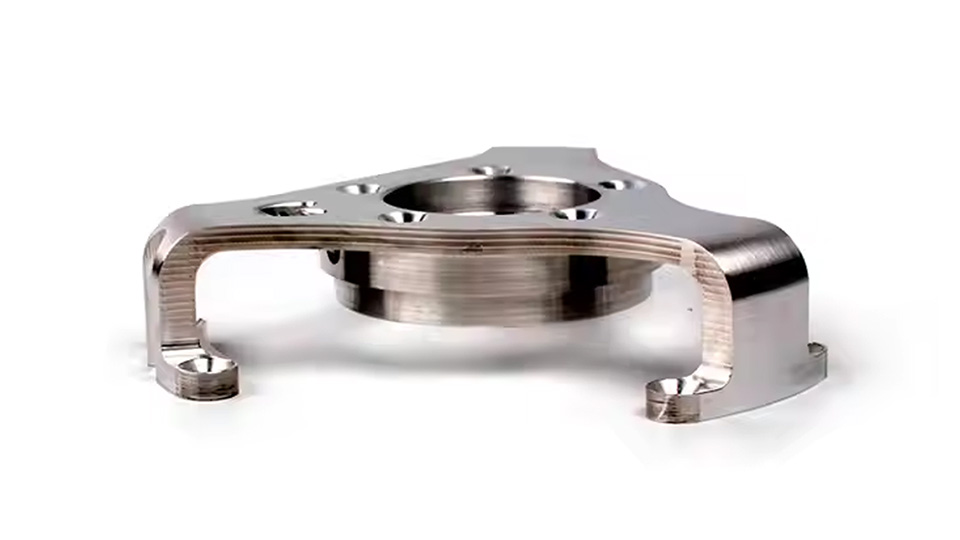
What is Aluminum?
Aluminum is a metal with the symbol Al and atomic number 13. It is the third most abundant element in the earth’s crust and the most abundant metal. Aluminum is a chemically active element that is always combined with other elements such as oxygen and silicon. More than 270 minerals containing aluminum have been discovered, and the most important aluminum-containing ore is bauxite.
The advantages of aluminum include good ductility, low density, corrosion resistance, etc. Aluminum has a wide range of grades, and the properties of its alloys of different grades vary greatly. Aluminum and its alloys are widely used in aerospace, transportation, automotive and other industries.
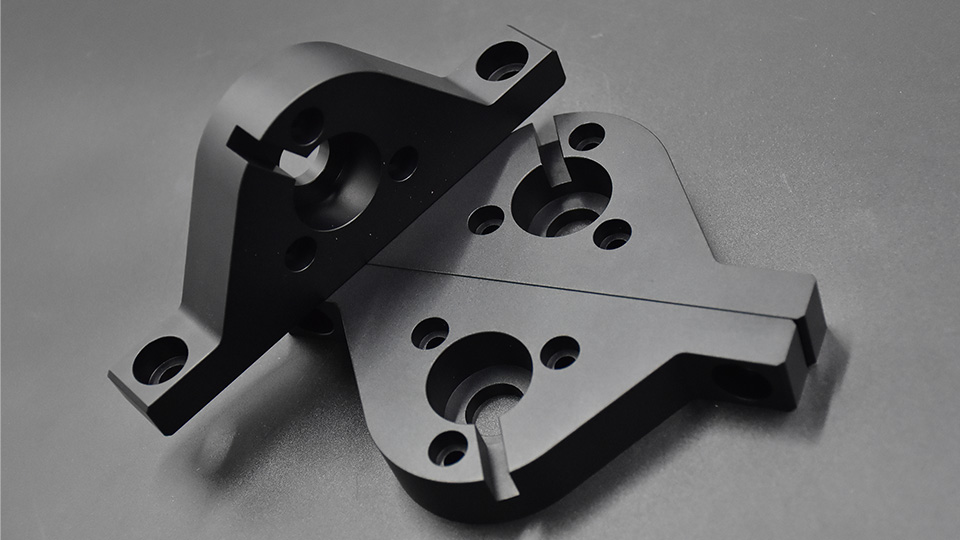
Difference Between Aluminum and Titanium
Why do we need to compare aluminum and titanium? That is, each metal has its unique properties and advantages, these differences dictate the specific scenarios where each metal is most suitable.
Aluminum vs Titanium: Properties
When we talk about metals, we tend to focus on their properties such as strength, weight, corrosion resistance, thermal resistance, flexibility, etc. It is essential to understand the material properties of aluminum and titanium, This is because these characteristics can help us figure out the better one when we are hesitating about the material selection of a product or component. Now, let us use a table to summarize their differences in mechanical properties.
| Properties | Aluminum | Titanium |
| Tensile strength, MPa | 90-690 | 230-1400 |
| Yield strength, MPa | 200-600 | 170-480 |
| Density, g/cm³ | 2.71 | 4.54 |
| Thermal conductivity, W/m-K | 210 | 17 |
| Electrical conductivity, Copper as a reference | 64% | 3.1% |
| Melting point, ℃ | 660 | 1650-1670 |
Strength and Density
Titanium is much stronger than aluminum. The tensile strength of titanium is between 230 to 1400 MPa, while aluminum’s tensile strength is generally between 90 to 690 MPa.
Aluminum is lighter than titanium. Aluminum has a density of 2.71, which is lower than titanium’s density of 4.54. It is indicated that aluminum weighs about 60% as much as titanium for the same volume. Aluminum can be the better choice when the products need to be quick and easy to lift.
Thermal conductivity
Thermal conductivity shows the capacity to transfer energy and heat, it is a measure to see if a metal will be suitable for thermal applications. Aluminum has a much better thermal conductivity of 210 W/m-k, while titanium is only 17 W/m-k. Aluminum is more suitable for applications such as heat exchanges, cookware, and automotive components.
Electrical conductivity
Copper is known to us for its electrical conductivity and serves as the benchmark for comparing other materials, rated at 100%. Aluminum has a much better conductivity of 64% of copper, titanium shows about 3.1%. This means aluminum is ideal for electrical conductors, while titanium is better suited for resistors.
Melting point
Melting points show the temperature limits above which a metal will transform from solid to liquid. Titanium has a melting point from 1650 – 1670 ℃, the specific value varies by its grade. Aluminum has a much lower melting point at about 660 ℃. This characteristic enables titanium to endure extreme heat and keep structure integrity.
Corrosion resistance
Corrosion happens when metals get damaged over time, usually because of water, air, or chemicals. When Aluminum comes into contact with oxygen, it undergoes a chemical reaction that forms a thin layer of aluminum oxide. This layer helps protect the aluminum from further corrosion. Nevertheless, the corrosion resistance of titanium is better than that of aluminum. This is mainly because the titanium oxide film formed on the surface is thicker and denser, which can more effectively block the corrosive substances.
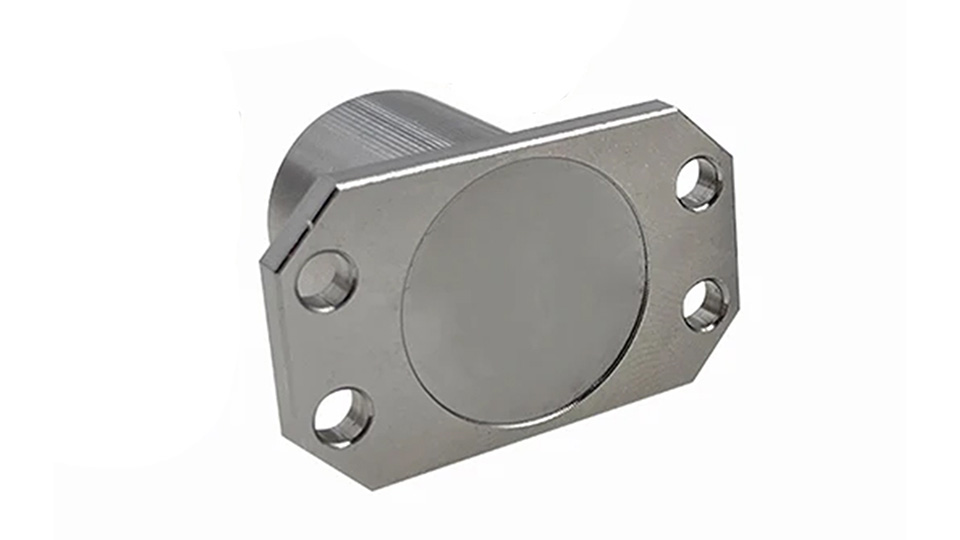
Machinability
When it comes to machinability, aluminum is better than titanium. Aluminum offers good plasticity, forgeability, weldability, and machinability. In comparison, titanium is harder to process due to its low thermal conductivity and high hardness, and it often requires special tools and equipment.
Aluminum vs Titanium: Aesthetic
Titanium is very stable in the air at room temperature and appears silver-gray. Titanium will change its surface color after continuous high-temperature heating. This is because titanium reacts chemically with oxygen when heated to form an oxide film. As the temperature rises, the oxide film will also thicken. the film will interfere with the light and present other colors different from nature, the thickness of the oxide film determines the surface color of titanium. An experimental data shows that if titanium metal is heated at different temperatures for 30 minutes, it will present different colors. Heating at 200 ℃ for 30 minutes is silver-white, 300 ℃ is light yellow, 400 ℃ is golden yellow, 500 ℃ is blue, and 600 ℃ is purple.
Aluminum is a chemically active metal. It reacts chemically with oxygen at room temperature to form a thin oxide film, which makes it appear silver-white. Aluminum alloys can obtain a variety of colors, such as black, blue, red, etc., through specific surface treatments, such as anodizing.
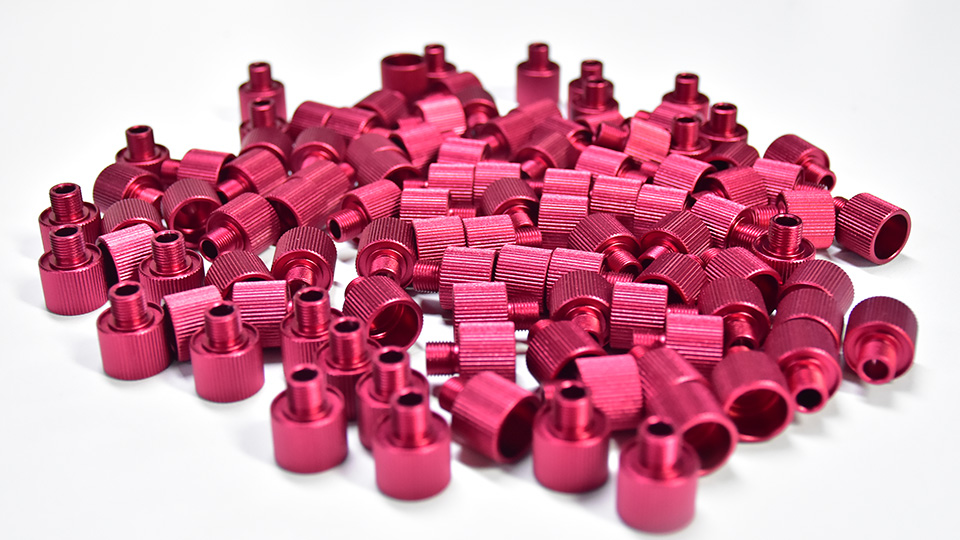
Aluminum vs Titanium: Cost Analysis
In general, titanium is more expensive than aluminum, both in terms of material cost and processing cost.
Material cost
Aluminum is abundant, accounting for about 8% of the earth’s crust, so the raw material supply is sufficient and the refining process is relatively simple. Electrolysis is usually used to extract aluminum metal from bauxite, which is low-cost and efficient. In contrast, the content of titanium in the earth’s crust is relatively low, about 0.6%, and it mainly exists in ores such as ilmenite and titanium-bauxite. The refining process is complicated, usually requiring multiple chemical reactions and high-temperature reduction, and the cost is relatively high. So titanium is more expensive than aluminum in terms of material cost. Aluminum is more suitable for price-sensitive applications, while titanium is more suitable for applications in industries such as aerospace and medical that require high metal corrosion resistance and strength.
Processing cost
The cost of processing aluminum is relatively low because it is light and easy to form and cut. Common processing methods for aluminum include stamping, milling and welding and they are relatively simple, with high production efficiency and suitable for large-scale production. The cost of processing titanium is high. This is because titanium has high strength and poor thermal conductivity, which makes titanium difficult to process. Special tools and techniques are required for cutting and welding, and titanium processing is an easy-to-wear tool that increases processing time. In addition, titanium has more stringent heat treatment and surface treatment requirements, which also adds additional costs. Therefore, the processing cost of titanium is higher than that of aluminum.
Aluminum vs Titanium: Industrial Applications
Due to the differences in the properties mentioned above, titanium and aluminum also have very different industrial applications.
Application of titanium
Aerospace: Titanium is widely used in aircraft structures, engine components and wheels. Its high strength-to-weight ratio allows aircraft to withstand greater loads without increasing weight, while its high temperature resistance ensures stability in extreme environments, which is critical to flight efficiency and safety.
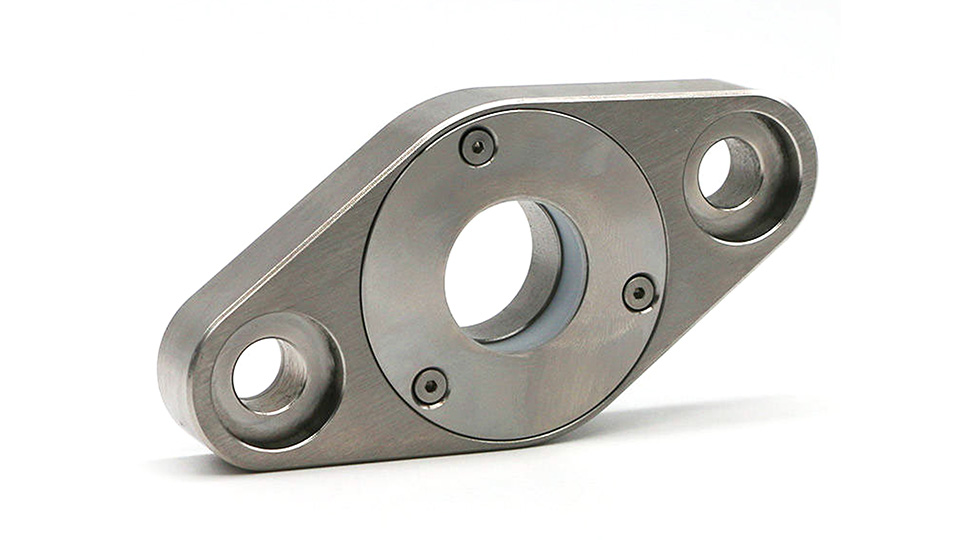
Medical devices: Titanium is mainly used in implants and surgical instruments in the medical field. Titanium’s corrosion resistance and biocompatibility can effectively avoid infection and rejection and are suitable for long-term implant use, such as joint prostheses and dental implants, to ensure patient safety.
Chemical equipment: In the chemical industry, titanium alloys are used in reactors, pump bodies and pipelines. Titanium’s corrosion resistance enables it to withstand a variety of chemical media, especially in high temperature and highly corrosive environments, extending the service life of equipment and reducing maintenance costs.
Application of aluminum
Automotive: Aluminum alloys are widely used in body structures, engine components and wheels. The lightweight characteristics of aluminum improve fuel efficiency and reduce the total weight of the vehicle. At the same time, its good machinability and economy make the production process more efficient, helping automakers meet environmental and performance requirements.
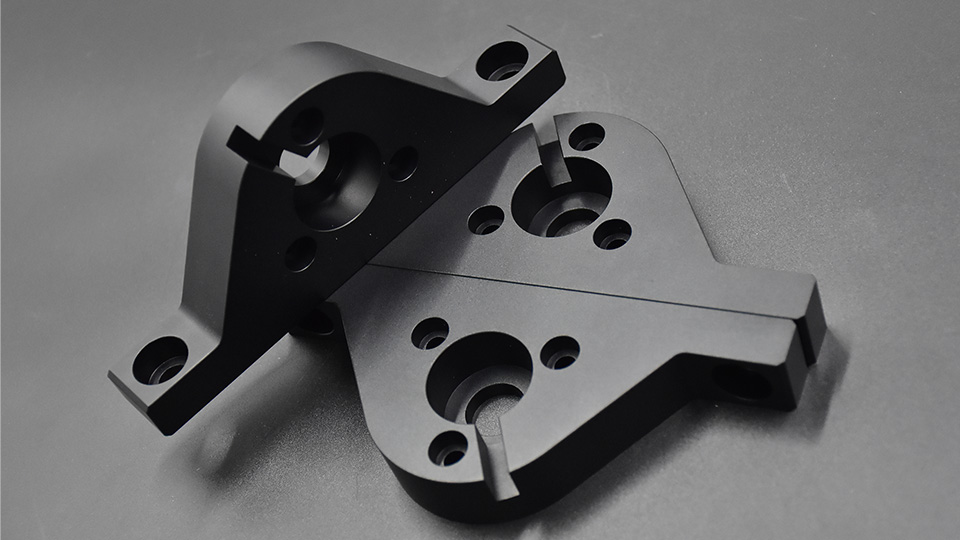
Construction: Aluminum alloys are widely used in window frames, doors and curtain walls. Its corrosion resistance and low maintenance cost make it suitable for modern architectural design, and the appearance of aluminum alloy can also enhance the overall effect of the building and provide long-term durability.
Electronic products: Aluminum alloy is used in laptop shells and mobile phone bodies in electronic products. The lightness and good heat dissipation performance of aluminum improve the equipment’s durability while meeting modern consumers’ requirements for appearance.
Packaging industry: Aluminum alloy is used in food and beverage packaging, such as aluminum foil and beverage cans. Its excellent barrier properties effectively extend the shelf life of products, and aluminum is highly recyclable, which meets the needs of sustainable development.
When to Use?
There are several factors to consider before choosing between titanium and aluminum. However, you must note that both metals have potential advantages and disadvantages. These parameters will influence your choice.
Cost
When choosing a metal for your machining purposes, the cost is the priority factor to be considered. It is generally cheaper to manufacture and cast aluminum than to use titanium. Aluminum is a cost-effective metal. Titanium, on the other hand, is characterized by high extraction and manufacturing costs. Aluminum is more suitable for cost-sensitive applications such as consumer electronics. However, if the costs of titanium vs aluminum are not an issue, then titanium is the better choice.
Application
It is best to consider where you want to use your product. Does the component need to be exposed to harsh natural conditions? Or does the component need to meet specific strength or weight standards?
Put Your Custom Parts into Production Today!
While the properties of aluminum and titanium make them useful for a variety of applications, they also have unique uses. For example, titanium has a wider range of uses in industries such as aerospace, satellite components, medical, etc. that require high corrosion resistance and lightness. Aluminum is often used in bicycle and car frames, electrical conductors, boats, radiators, and other high thermal conductivity applications.
Machinability
Your choice of metal material also depends on the geometry of the final prototype. Generally speaking, aluminum is easier to machine than titanium. Therefore, if parts need to be produced quickly, aluminum is a better choice than titanium.
Machining Waste
Precision metal parts manufacturing primarily relies on subtractive processes, and no matter what material is chosen, machining may be limited to some extent due to complex geometries. Therefore, cutting excess material may be unavoidable. In this case, manufacturers prefer cheaper aluminum over titanium.
Conclusion
Titanium and aluminum are both exceptional metals, both of them have unique properties that make them suitable for specific applications. Although they share some similar characteristics, both of them have individual applications: titanium is suitable for high-temperature environments, while aluminum offers superior thermal conductivity which is essential for many projects.
Choosing the right material is crucial for achieving optimal results in manufacturing. At SogaWorks, our experienced machinists have a deep understanding of the various characteristics of metals like aluminum and titanium. We’re here to assist you in selecting the ideal metal for your custom project. Request a quote and receive DFM feedback today!
